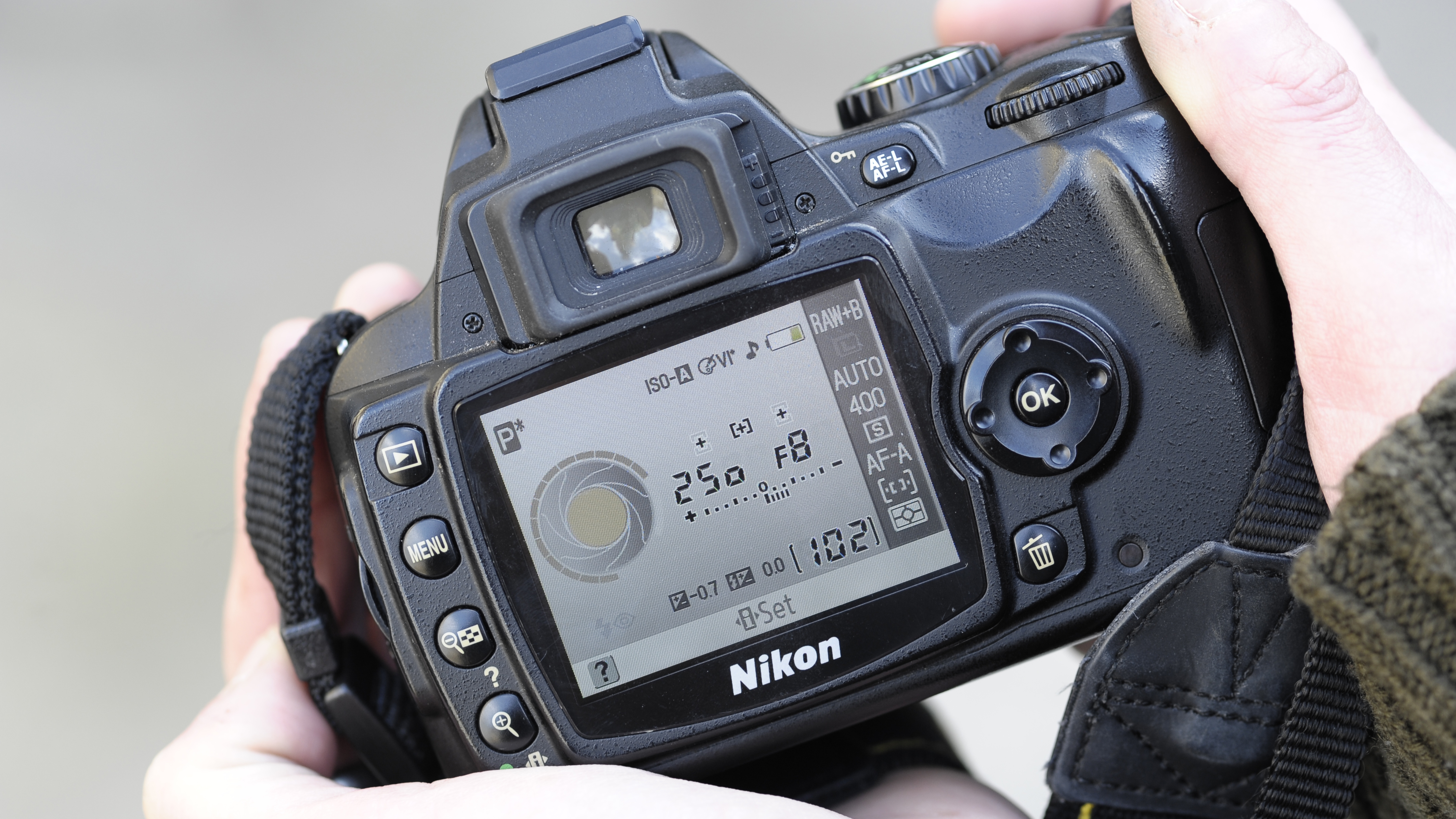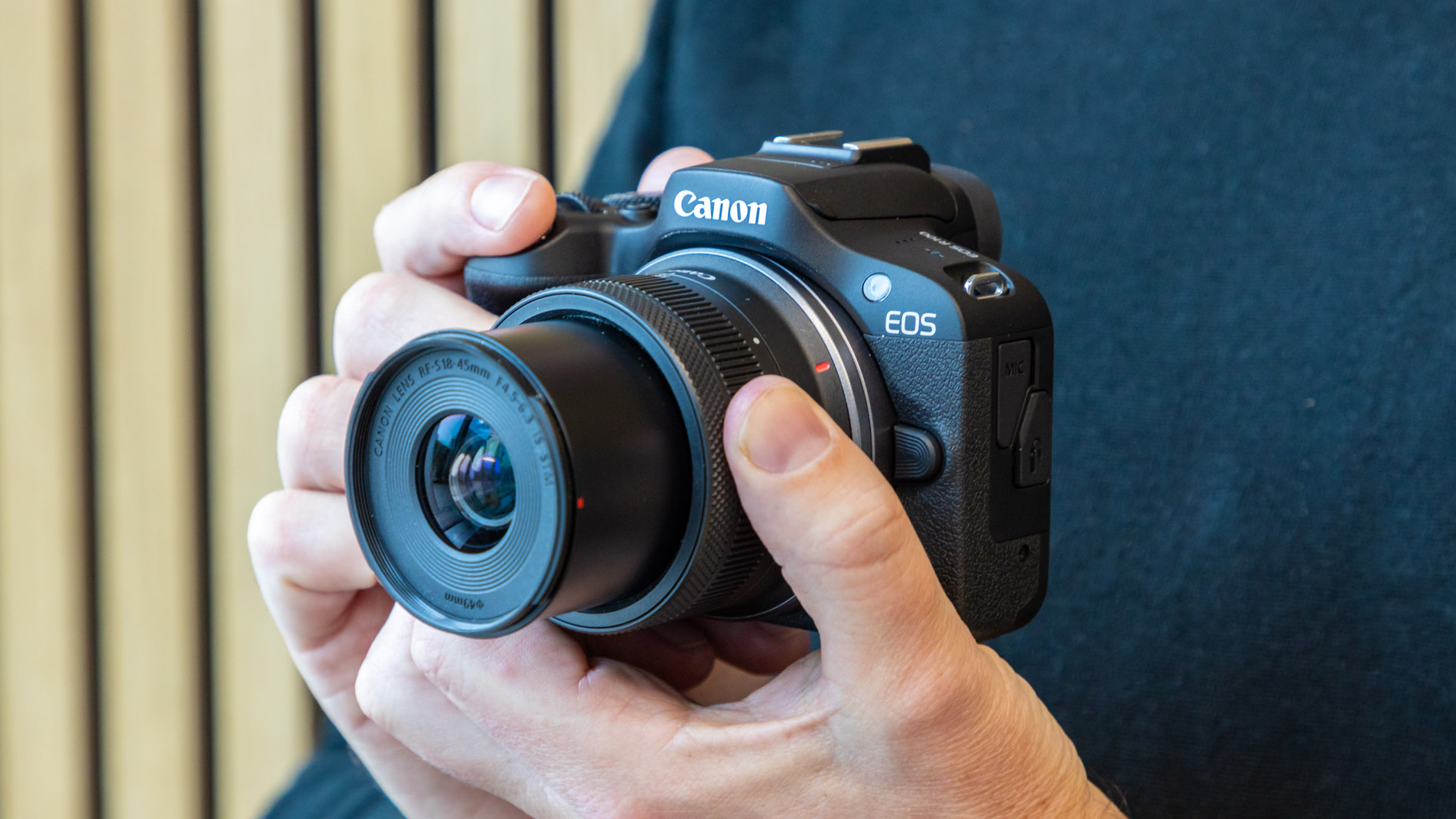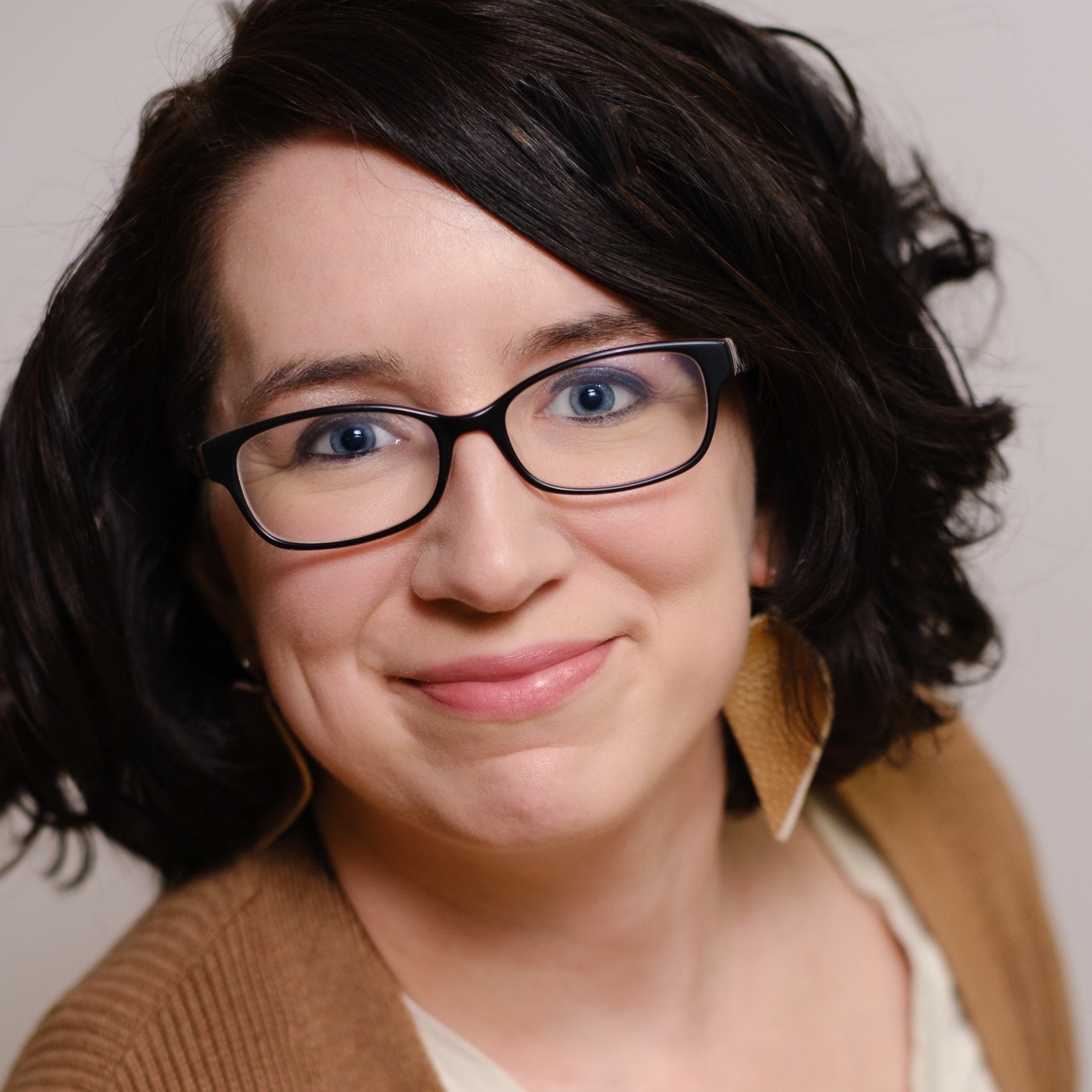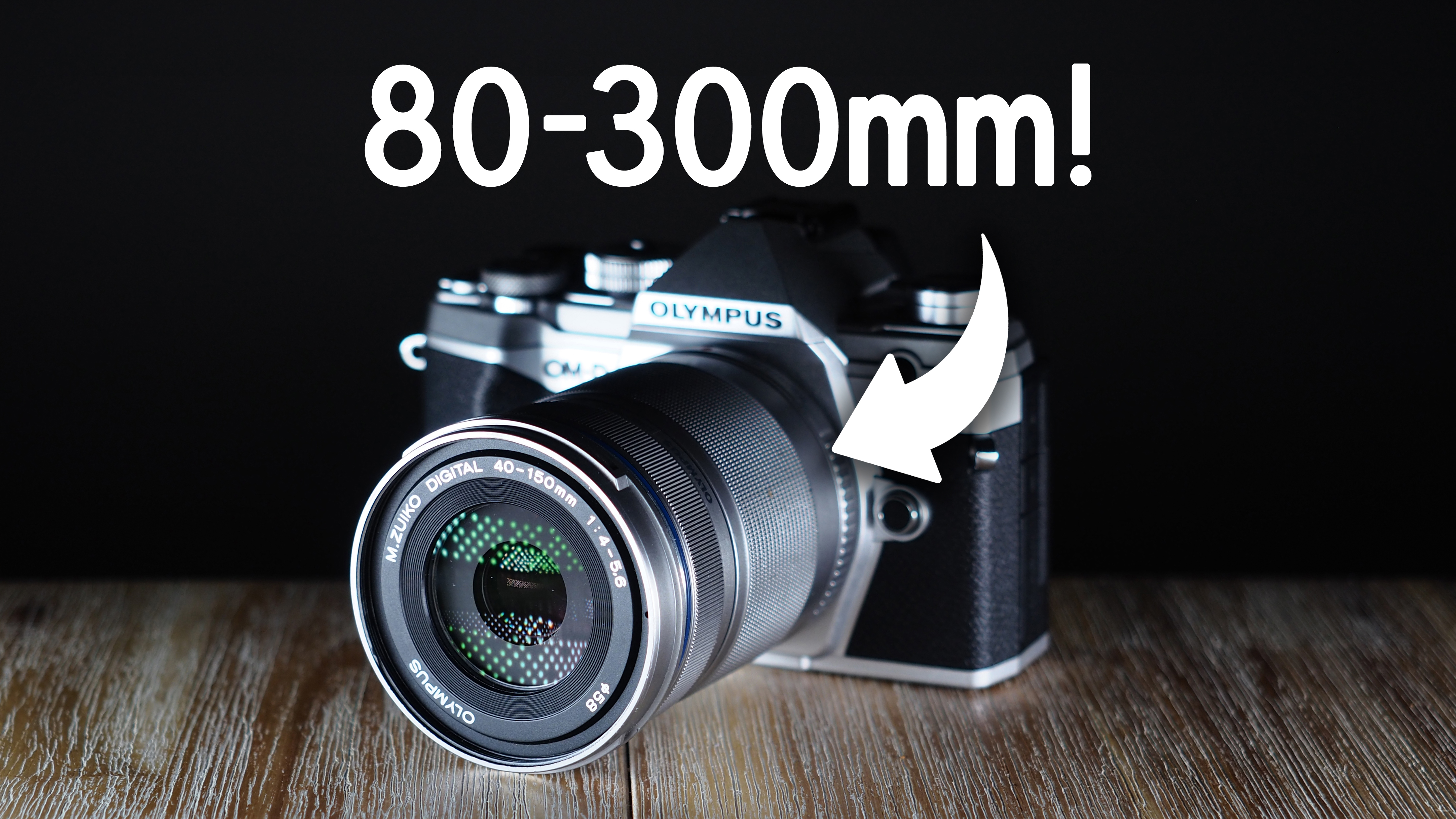The only camera I could afford when I first started in photography was a very cheap one – but I actually wouldn’t change a thing
I started out with a cheap DSLR – and I learned more because of it

Among the photography community, the fancy flagship cameras often get the most attention. But when I first started out in photography, I started like many photographers do: I bought a very cheap interchangeable lens camera.
At the time, I was working part-time for a smalltown newspaper for barely more than minimum wage. A flagship or even mid-tier camera was out of the question, and the only reason that I could even afford a cheap camera was the fact that I started out as a teenager without the expenses of living on my own.
I still don’t own a high-end flagship camera, but I now have a mid-tier mirrorless camera, an assortment of pro lenses and lighting gear. My drone is decidedly still a beginner, an older model in the basic DJI Mini series.
But here’s the thing: I don’t regret starting out with a cheap camera. In fact, I think starting out with basic gear actually helped me build my photography skills faster. Let me explain.
Whenever I drive by the parking lot of the local high school, I’m struck by how many nice, newer cars I see. When I first started driving, I drove a ten-year-old car. Thanks to that experience, I know what it’s like to have the power steering fail and what it feels like when the transmission is acting up.
I may not be very mechanically savvy but, thanks to starting with an older vehicle, I at least have the experience to give the mechanic something more descriptive than “My car is acting funny.”
I think photography is the same way. Learning on a less-than-the-best camera forced me to troubleshoot some of the most common photography mistakes. My first serious camera was the Nikon D40x, an affordable DSLR launched in 2007 that boasted 10MP and a burst speed of just 3fps.
The best camera deals, reviews, product advice, and unmissable photography news, direct to your inbox!
I learned sports photography on a camera that only shot 3fps. I couldn’t just “spray and pray” like you can with cameras that have 10, 20, even 30fps – I had to get the timing just right.
With a 10MP crop-sensor DSLR, I didn’t have the luxury of cropping in later without a significant loss in image quality.
My limited budget also extended to the lenses that I had. Learning with budget gear forced me into flash photography far sooner than I would have if I had the luxury of an f/2.8 zoom lens, because I wasn’t going to be able to photograph Friday night football games under stadium lights without one.
Ironically, at the newspaper office where I first worked, I was known for taking more photos than everyone else, even with that 3fps burst mode, because the other photographers had learned by shooting film. Sure, I had to learn on a low budget camera, but the generation before me had to learn on film.
Technology has only made photography easier to learn with time, but even today’s budget cameras come with challenges. Canon’s cheapest current mirrorless model, the R100, shoots at 3.5fps, for example.

Yes, buying a more expensive camera will get you more features. Yes, many more expensive cameras will have some features that are easier to learn on. If you can afford a camera with an electronic viewfinder and eye and animal detection AF, the learning curve will be far less steep.
But buying a cheap camera – or even using a smartphone – is better than not starting photography at all.
If you can afford to, moving up from the absolute cheapest cameras will give you more speed, better features, and yes, better images at times. Take a look at the difference between Nikon's crop sensor cameras, for example, or the Sony's affordable mirrorless options, or Canon's budget APS-C cameras.
Learning on a budget camera helped me to learn the fundamentals before gradually expanding my gear kit. I still don’t own the most expensive cameras, but as my budget and skills grew I was able to upgrade to high-end DSLRs, then a mid- to upper-tier mirrorless and a handful of bright prime lenses.
The other reason that it’s okay to start out with a cheap camera is that learning how to use a camera has a far bigger impact on photographs than buying a fancy camera but not really knowing how to use it. Spend less on a camera and you may have a bigger budget for photography books, online classes and workshops. Spending time learning the craft will make a significant impact.
Budget interchangeable lens cameras are also easy to grow with. Start with a mirrorless camera and a kit lens, then when budget allows upgrade to a brighter aperture prime lens or a longer zoom lens.
A few years down the road when that budget camera starts to show its age, you may find you have a bigger budget – and also more skills to know just how to use those added features.
You may also like
Read to learn? Browse the best cheap cameras or the best cameras for beginners.

With more than a decade of experience writing about cameras and technology, Hillary K. Grigonis leads the US coverage for Digital Camera World. Her work has appeared in Business Insider, Digital Trends, Pocket-lint, Rangefinder, The Phoblographer, and more. Her wedding and portrait photography favors a journalistic style. She’s a former Nikon shooter and a current Fujifilm user, but has tested a wide range of cameras and lenses across multiple brands. Hillary is also a licensed drone pilot.
You must confirm your public display name before commenting
Please logout and then login again, you will then be prompted to enter your display name.
